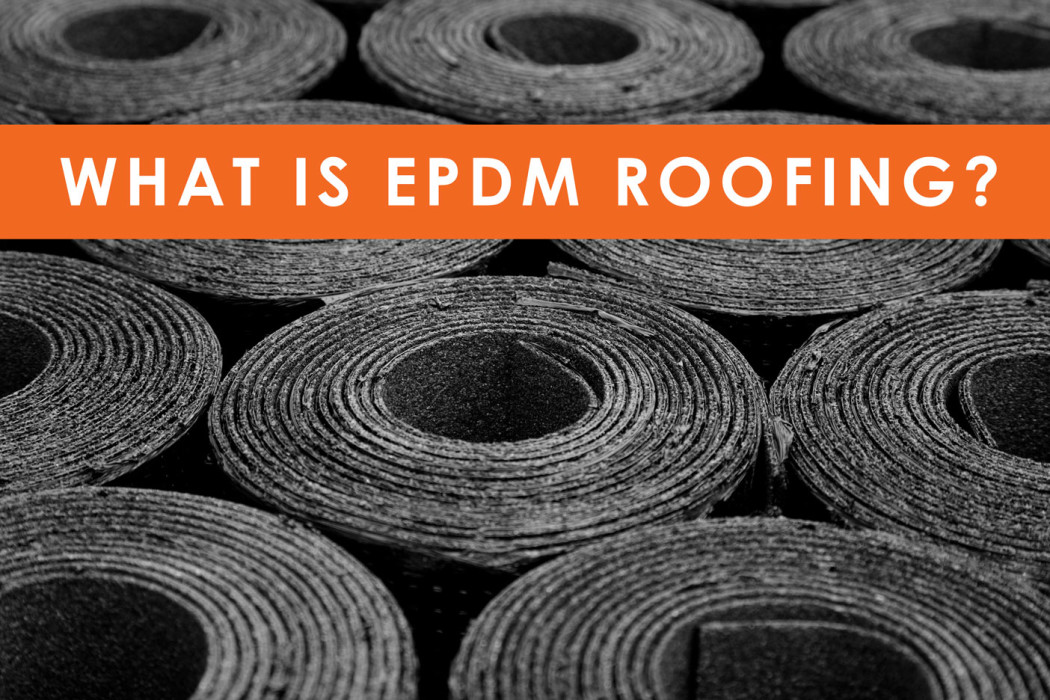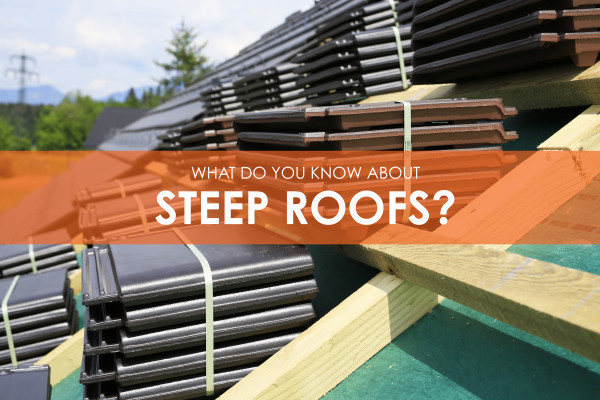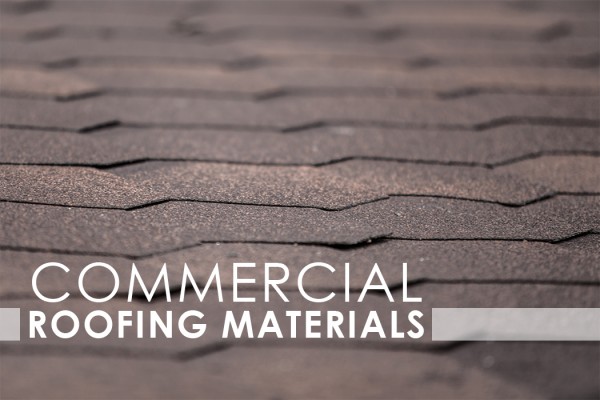EPDM (ethylene propylene diene monomer) is a kind of rubber that has a very wide range of uses, such as commercial roofing.
EPDM is highly resistant to most kinds of weathers, ozone and fire/heat and is a very good electrical insulator. In addition, this material is also resistant to alkalines, diluted acids, polar substances, ketones and steam.
When it comes to roofing, EPDM rubber is widely used in low-slope buildings and it comes in widths from 7 feet to 50 feet, as well as in various thicknesses. As for the installation, EPDM can be either ballasted or mechanically attached.
EPDM also comes in two varieties – black and white. The difference comes from the carbon black that is added to the black EPDM roofing, which transforms the sun’s ultra violet rays into heat, whereas in the white EPDM, titanium dioxide is used to reflect the UV rays.
Why it’s a Good Idea to Install EPDM Roofing
EPDM has been in use for more than four decades now in the commercial roofing industry and that’s for a good reason. On average, it has the longest service life in the roofing industry and EPDM roofing systems can easily perform well even after three decades of use, as several field and lab tests have shown.
Compared to other roofing systems, for example BUR (built-up roofing), EPDM has an advantage in that it does not include any organic material. As such, EPDM roofing does not decay due to moisture (rain or snow) and will not leak over time.
Furthermore, EPDM does not require any special surface treatment or maintenance, like special coating or the like. It is still necessary to do a general maintenance such as cleaning the roof of leaves and other debris from time to time, though.
Finally, EPDM is also an environmentally-friendly material and it can also be recycled and reused in other roofing products and accessories.




